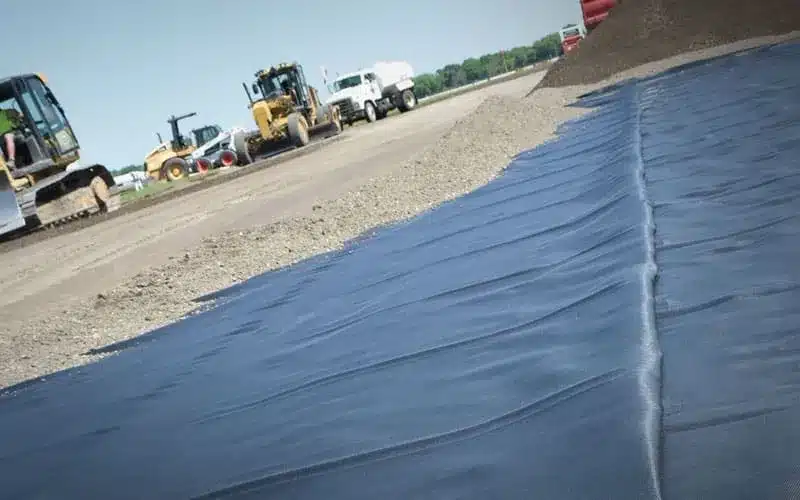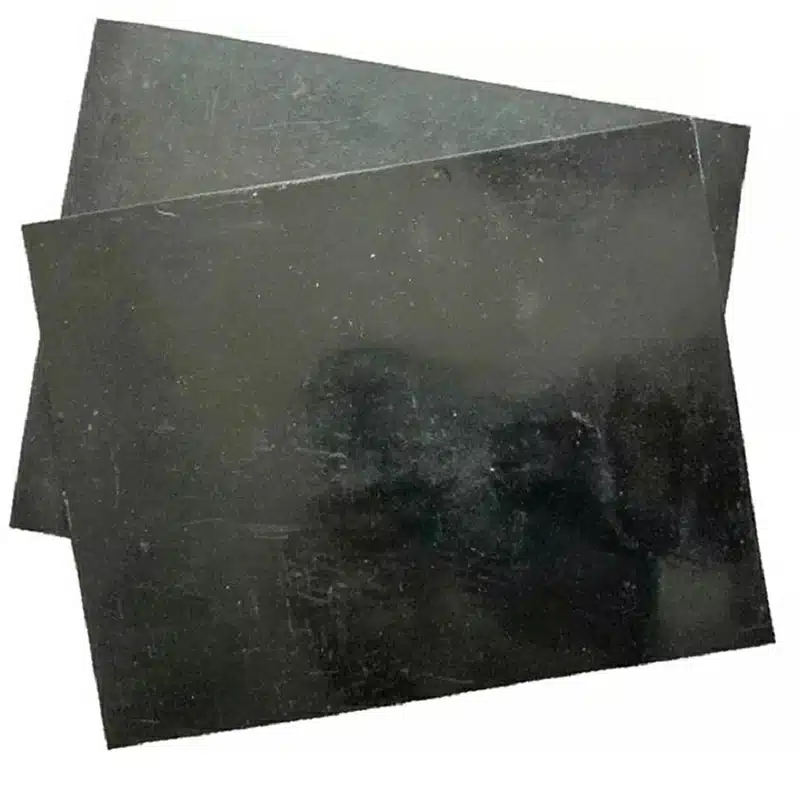+86-159 9860 6917
info@geofantex.com
geofantex@gmail.com
+86-400-8266163-44899
Geomembrane sealing systems play a pivotal role in bolstering the integrity of diverse infrastructure projects. These robust solutions provide impermeable barriers, preventing seepage and ensuring environmental protection. Understanding their significance, application requirements, and benefits is crucial for successful project implementation.

What factors impact geomembrane sealing system effectiveness?
The effectiveness of geomembrane sealing systems hinges on several key factors:
- Material Quality: The choice of geomembrane material significantly influences its effectiveness. Compatibility with site conditions, durability, resistance to chemicals, and flexibility are crucial aspects to consider. High-quality materials tailored to specific project requirements enhance the system’s performance.
- Installation Precision: Proper installation techniques are vital. Even the highest quality geomembrane can underperform if installed incorrectly. Precision in seam welding, slope adaptation, and anchoring ensures the integrity of the system, preventing potential leaks or failures.
- Site Conditions: Understanding and adapting to the site’s conditions are pivotal. Factors like soil type, temperature variations, topography, and potential stressors impact the performance of geomembrane systems. Customizing the installation and material selection to suit these conditions is imperative.
- Maintenance and Inspections: Regular inspections and proactive maintenance are essential for long-term effectiveness. Monitoring for signs of wear, damage, or degradation ensures timely repairs, preventing potential issues from escalating and preserving the system’s integrity.
- Compliance and Standards: Adherence to industry standards and regulations is fundamental. Following established guidelines and best practices ensures that the geomembrane system meets required performance and safety standards.
- Environmental Considerations: Evaluating the environmental impact of the geomembrane system is crucial. Ensuring that the chosen material is environmentally friendly and that the installation process minimizes disruption to surrounding ecosystems or water bodies is essential for sustainable effectiveness.

What are the main uses of geomembrane seals, and how do they aid industries?
Geomembrane sealing systems find extensive application across various industries due to their versatile and adaptable nature. Some primary applications include:
Environmental Protection:
- Landfills: Geomembranes create impermeable barriers, preventing leachate from contaminating soil and groundwater.
- Pond Liners: They are used in reservoirs, retention ponds, and wastewater treatment facilities to contain liquids, preventing seepage.
- Soil Erosion Control: Geomembranes help in stabilizing soil, preventing erosion, and protecting against water runoff.
Mining and Energy:
- Tailings Storage Facilities: Geomembranes line storage areas, preventing contamination of surrounding soil and water bodies from mining waste.
- Oil and Gas Industry: Used in containment systems for hazardous fluids and in the construction of oil ponds, preventing leakage and environmental damage.
Water Management:
- Canals and Irrigation Systems: Geomembranes prevent seepage, ensuring efficient water conveyance and minimizing loss.
- Reservoirs and Dams: They are employed as liners to contain water, preventing seepage and maintaining water quality.
Agriculture:
- Agricultural Ponds: Geomembranes line ponds for irrigation, preventing water loss and soil contamination.
- Aquaculture: Used in pond liners and tank systems for fish farming, maintaining water quality, and preventing seepage.
Benefits Across Industries:
- Environmental Conservation: Prevents soil and water contamination, preserving natural resources and ecosystems.
- Cost Efficiency: Reduces maintenance and repair costs by preventing leaks and seepage.
- Longevity and Durability: Offers long-term protection and resilience against various environmental stressors.
- Customizability: Available in various materials and thicknesses, adaptable to specific project needs.
- Regulatory Compliance: Helps industries meet environmental regulations by ensuring containment and preventing pollution.
What benefits do geomembrane seals bring to infrastructure projects?
These systems offer enhanced durability, resistance to various chemicals and weather conditions, cost-effectiveness, and versatility in application. They significantly minimize the risk of leaks or contamination, ensuring the long-term integrity of infrastructure.
How can one ensure the longevity of geomembrane sealing systems?
Regular inspections, proper maintenance, and adherence to manufacturer guidelines for installation and care are crucial. Identifying and addressing any damage or potential issues early on can prolong the system’s lifespan and maintain its effectiveness.
In conclusion, understanding the pivotal role of geomembrane sealing systems in infrastructure projects is essential for successful implementation and long-term integrity. Their effectiveness, environmental benefits, and proper maintenance contribute significantly to the sustainability and reliability of diverse construction endeavors.



Get Free Sample
We’ll respond as soon as possible(within 12 hours)





















